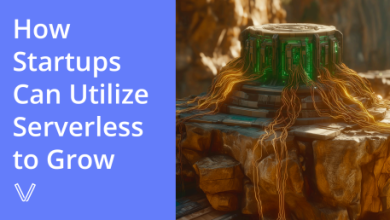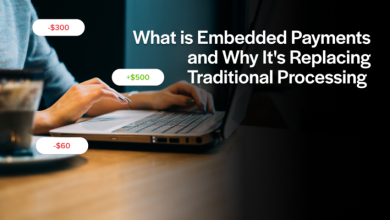
Converting HTML documents to PDF is a common requirement for many applications. It allows you to create printable or shareable versions of your content.
Using C# makes this process efficient and easy to integrate into existing software. You can automate reports, invoices, or web pages with just a few lines of code. The conversion should maintain the layout and formatting of the original HTML.
Proper tools can help handle images, fonts, and styles correctly. Learn how to convert HTML to PDF in C# to improve your workflow and save time with automated solutions.
Setting Up Your C# Environment
Start by setting up your C# development environment. Install the necessary libraries for handling PDF generation. Ensure your project references the correct versions of these libraries.
Check that your environment supports all features needed for conversion. Test the setup with a small sample HTML file. A correct setup avoids errors during the conversion process.
Loading HTML Content
Load the HTML content into your C# application. You can read HTML from a file or directly from a string. Ensure the HTML is well-formed for accurate conversion. Handle external resources like images or stylesheets properly.
Simple HTML content usually converts without issues. Loading the content correctly ensures your PDF output matches the source.
Configuring PDF Options
Set PDF options to control the output format. Specify page size, orientation, and margins as needed. Adjust font embedding to maintain text consistency. Decide whether to include headers or footers.
Enable compression for smaller file sizes. Proper configuration improves performance and document quality.
Performing the Conversion
Execute the conversion from HTML to PDF using your C# code. Use the methods provided by your PDF library to convert efficiently. Handle exceptions to catch any conversion errors.
Ensure all resources, like images and styles, are properly applied. Verify the output PDF for layout accuracy. Efficient conversion saves time and avoids unnecessary resource use.
Optimizing Performance
Optimize your process for speed and memory usage. Use lightweight pdf management with pdfsharpcore to reduce overhead. Avoid loading large images unnecessarily.
Reuse objects when converting multiple documents. Keep HTML simple to improve processing time. Optimization ensures smooth performance for large or frequent conversions.
Saving and Sharing the PDF
Save the converted PDF to the desired location. Use proper file paths and names to avoid conflicts. Provide options for sharing via email or cloud storage. Ensure the file is readable and accessible.
Test the saved PDF on different devices. Proper saving and sharing complete the workflow efficiently.
Handling Dynamic Content
Dynamic content requires special attention during conversion. Ensure that any scripts or interactive elements are processed before generating the PDF. Replace dynamic placeholders with actual data to avoid blank sections.
Test how tables, charts, or forms appear in the final PDF. Consider splitting very large dynamic content into multiple pages for clarity. Proper handling guarantees that your PDF reflects the latest and accurate information.
Learn to Convert HTML to PDF in C# for Optimal Performance
Converting HTML to PDF in C# is a practical solution for automating document creation. Setting up your environment and loading content correctly prevents common errors.
Configuring PDF options ensures the output meets your needs. Performing the conversion carefully preserves layout and formatting. Optimizing performance allows for handling large files efficiently.
Saving and sharing the PDF makes the process complete and user-friendly. Follow these steps to streamline your document workflow.
Should you wish to read more, explore our main blog page. We’ve got more!



